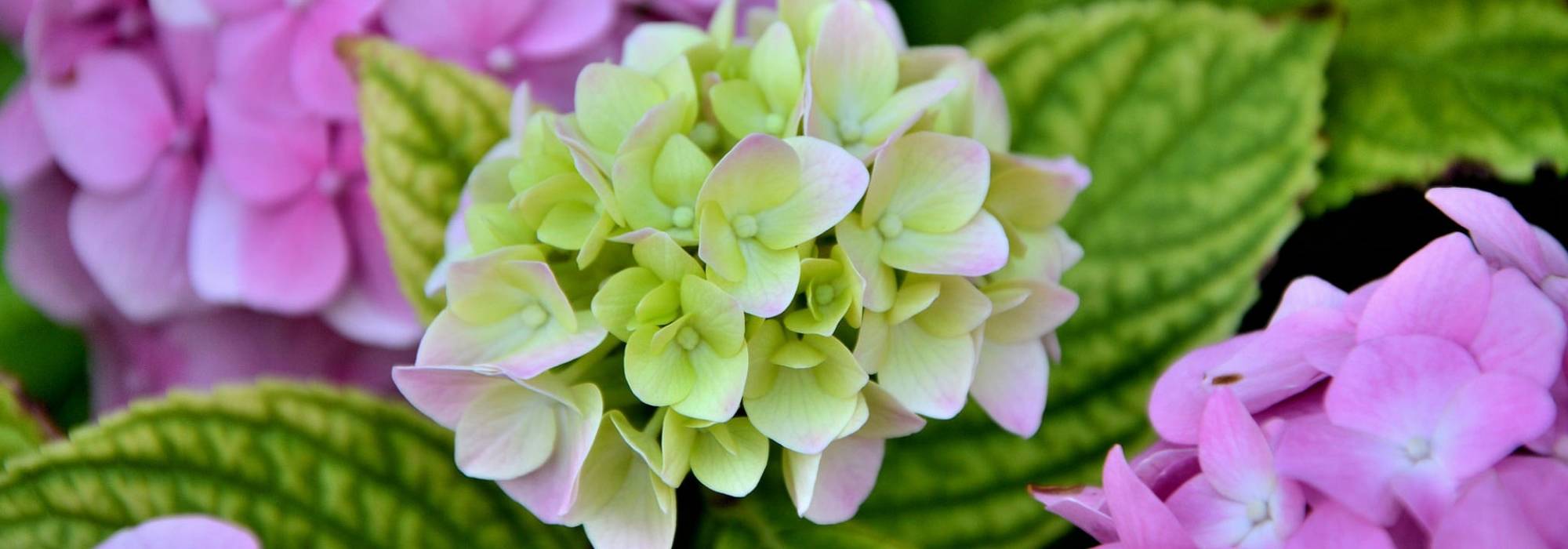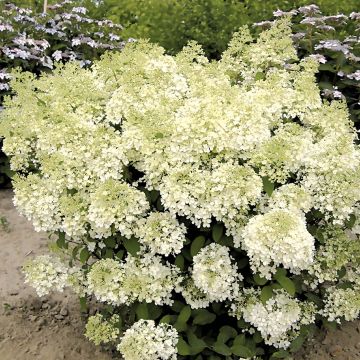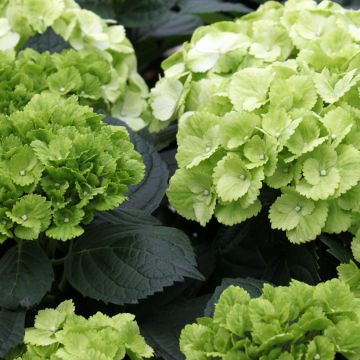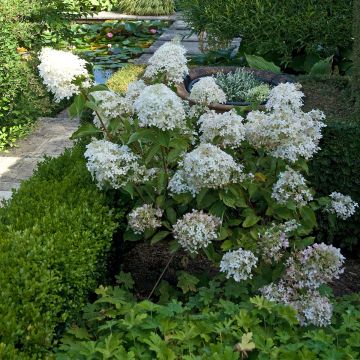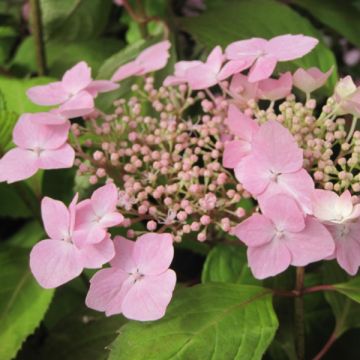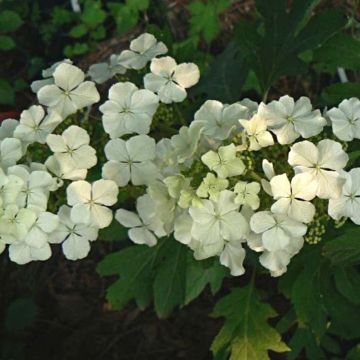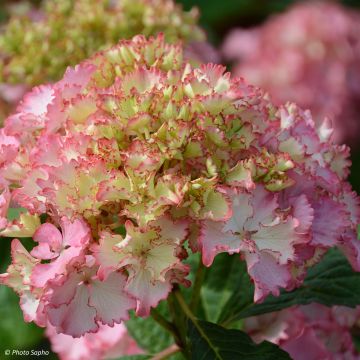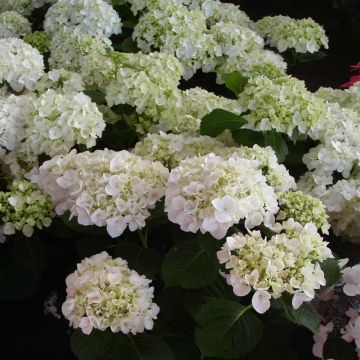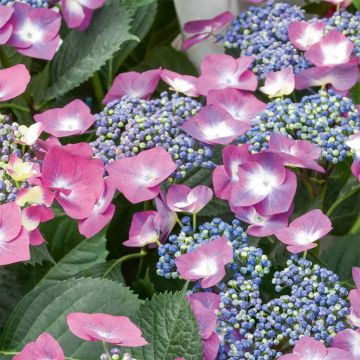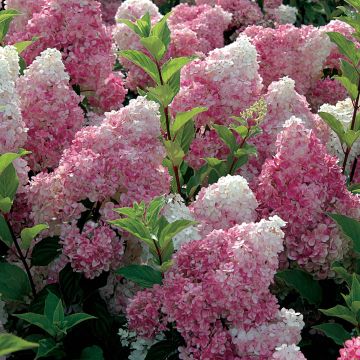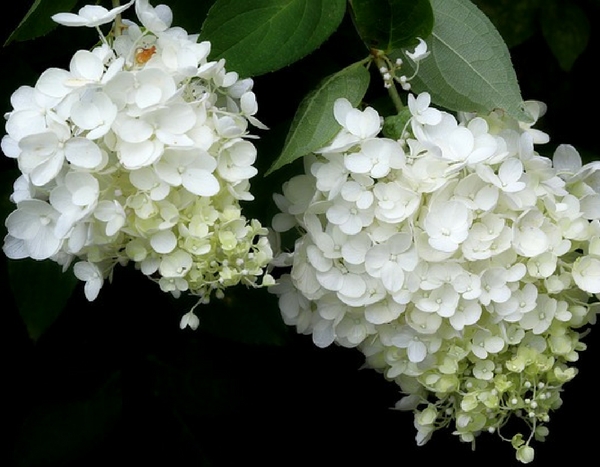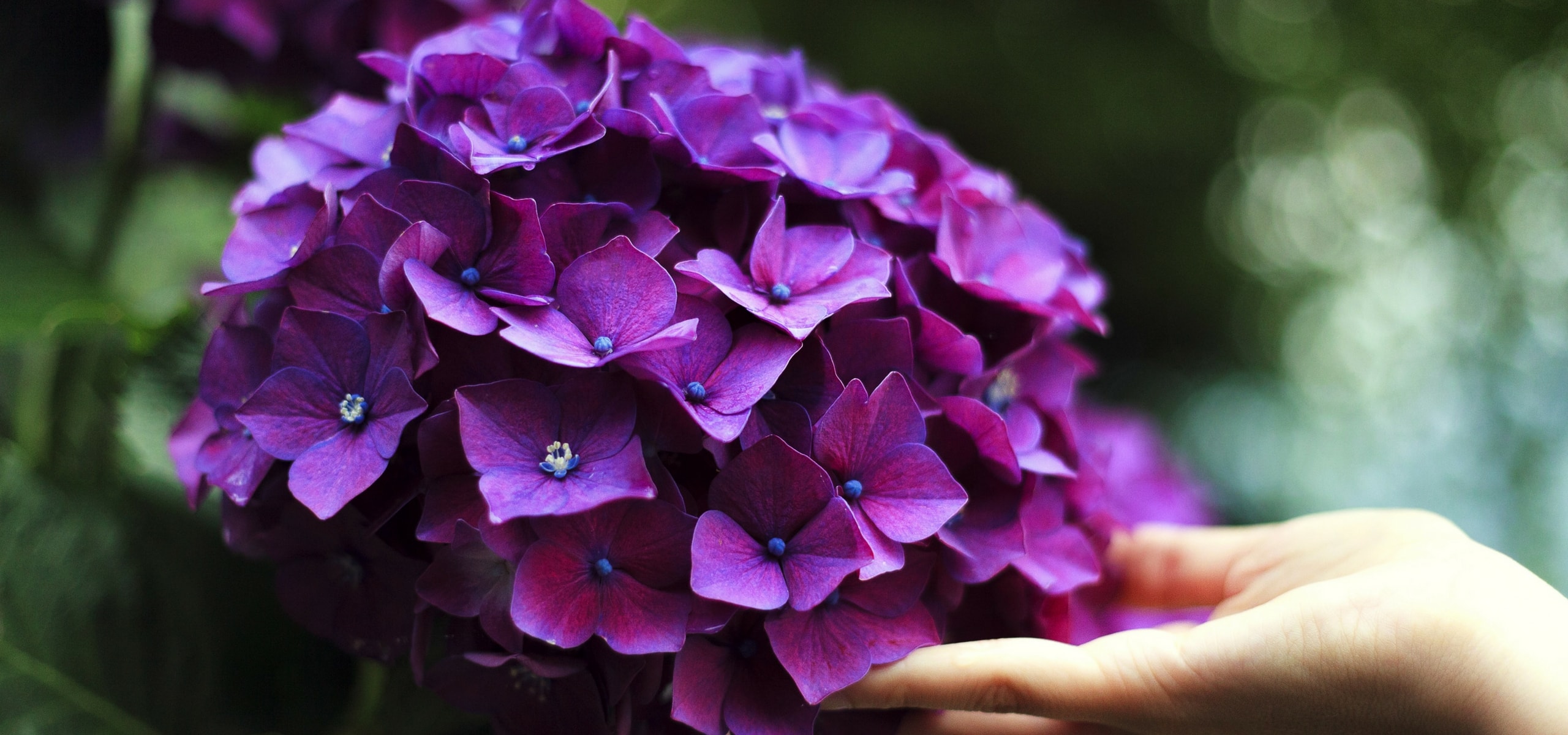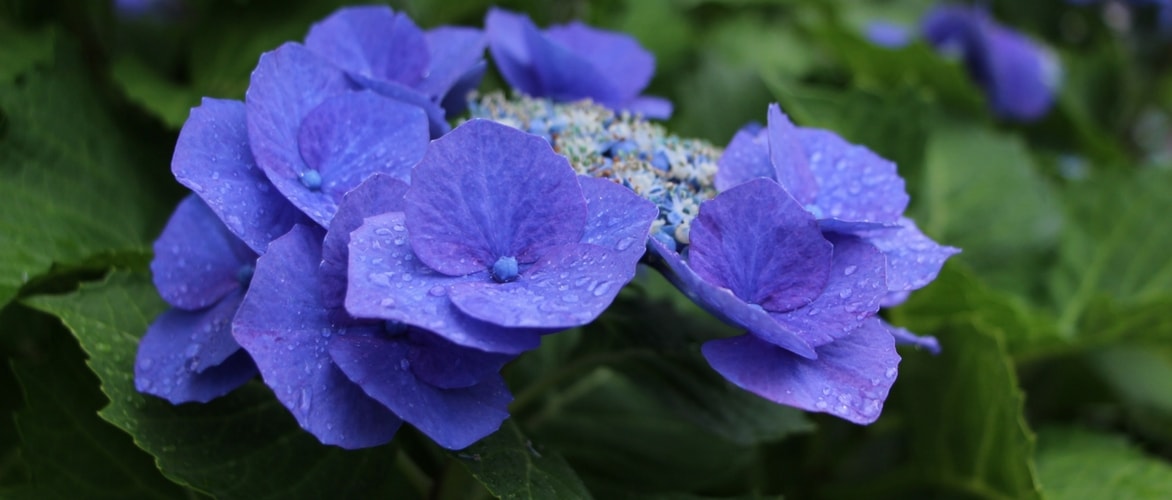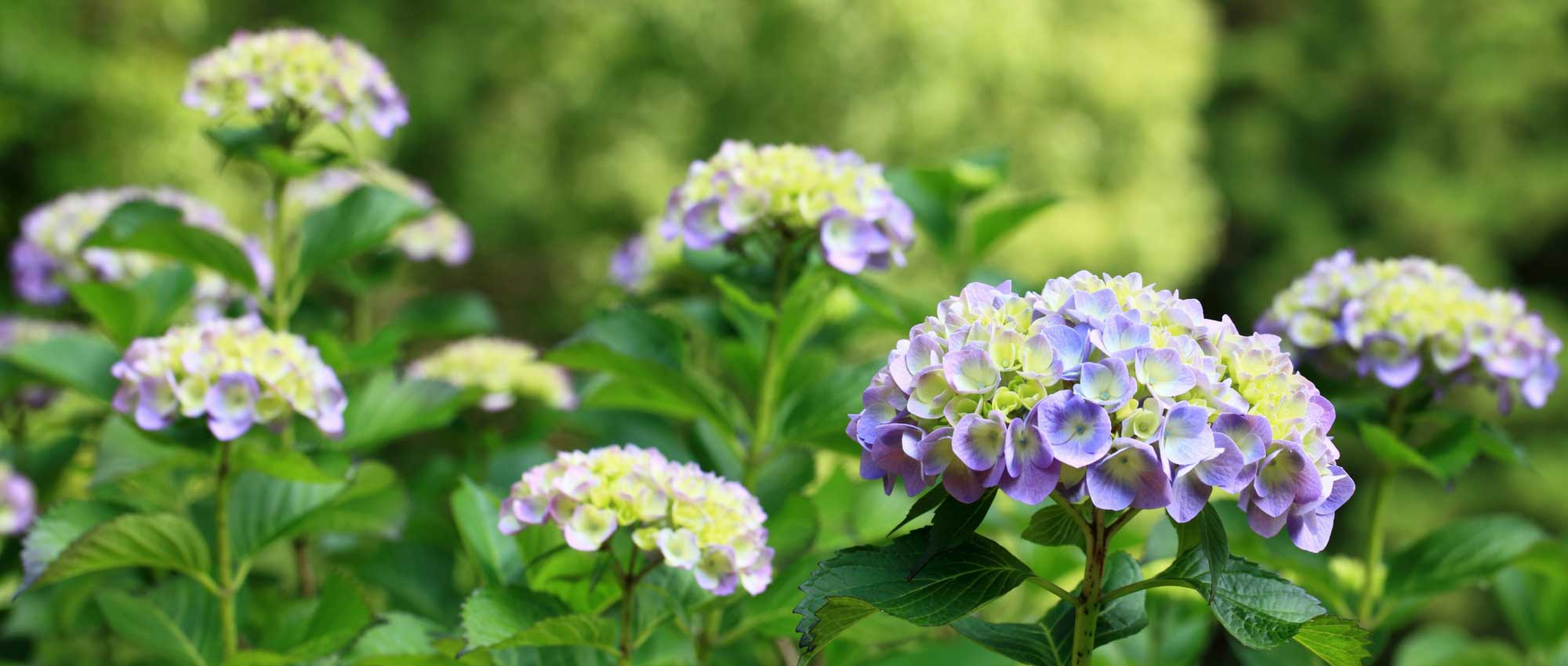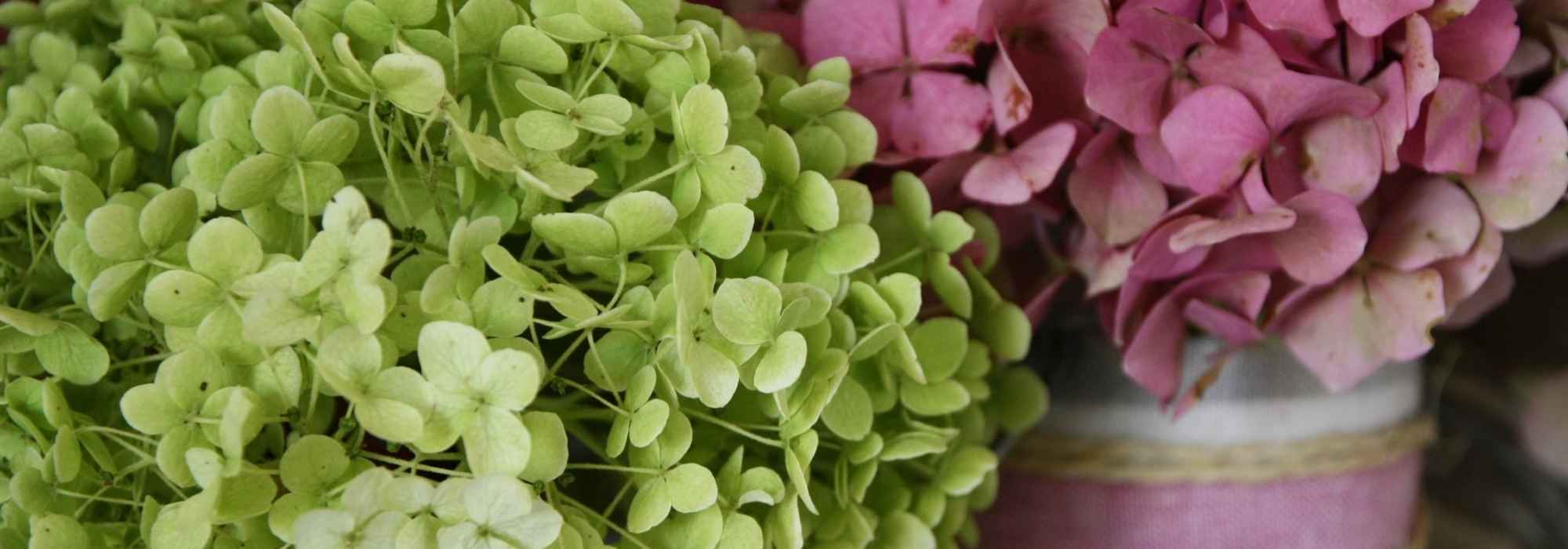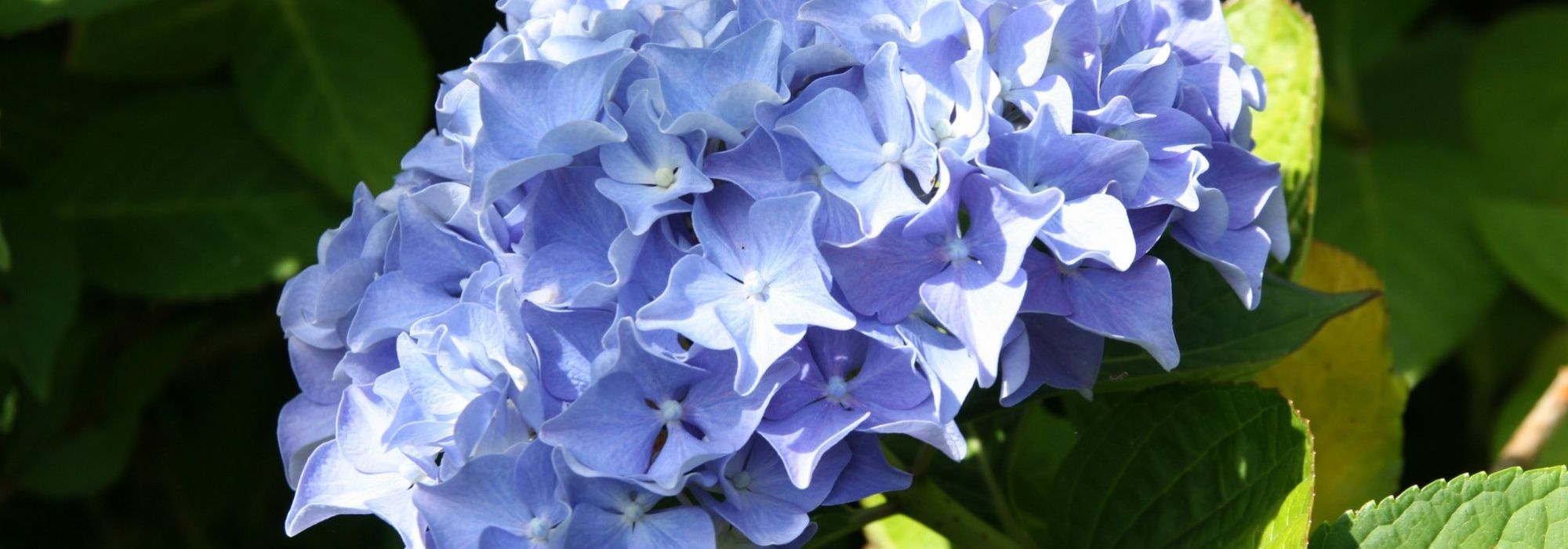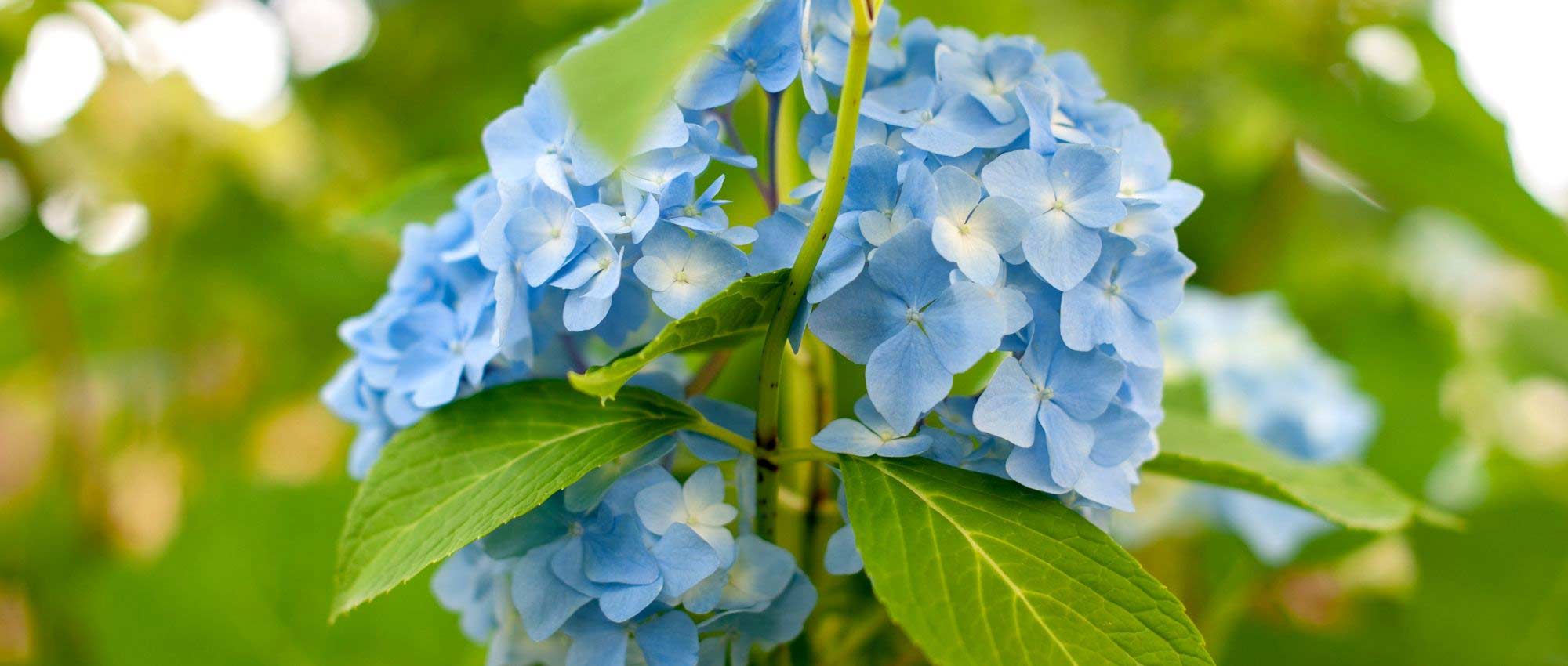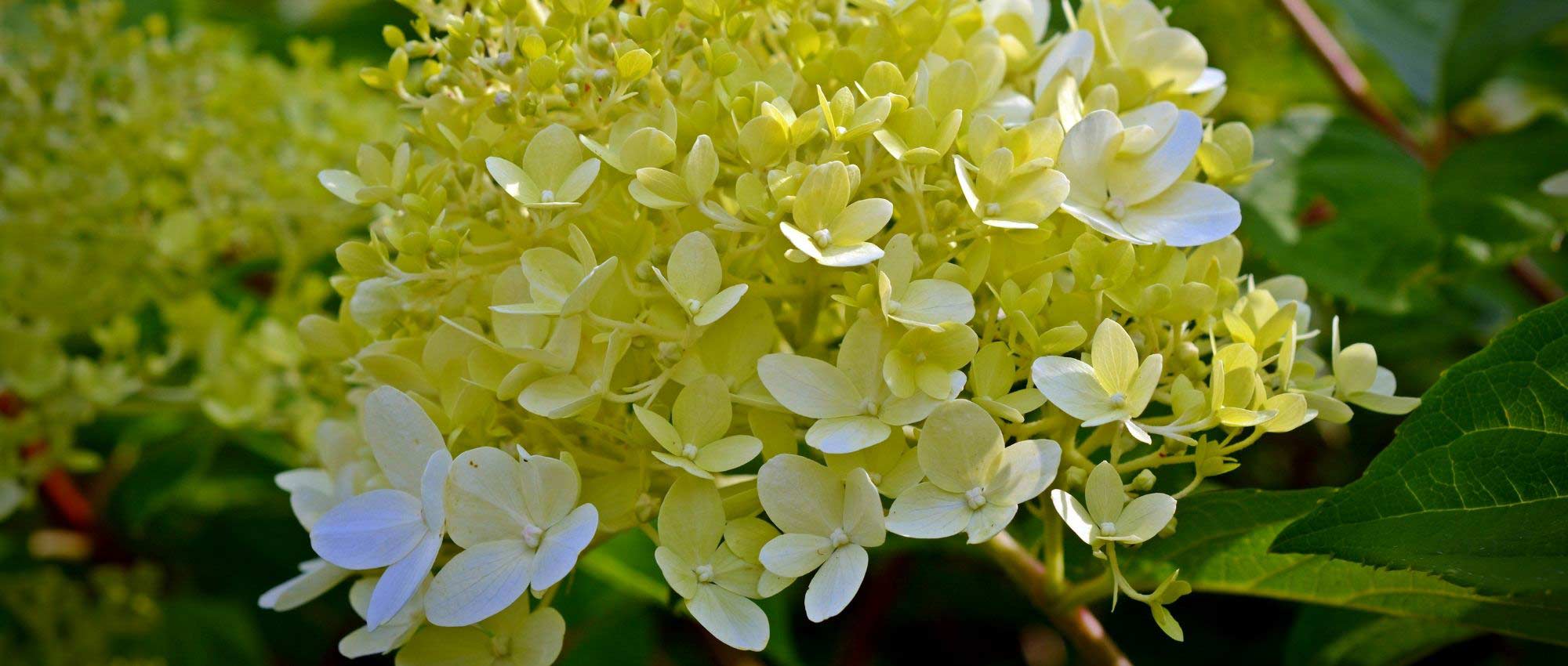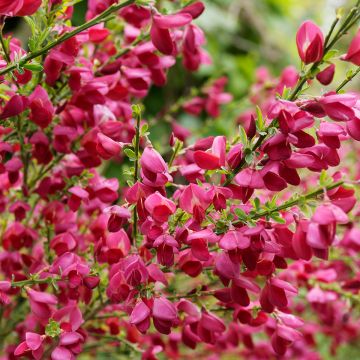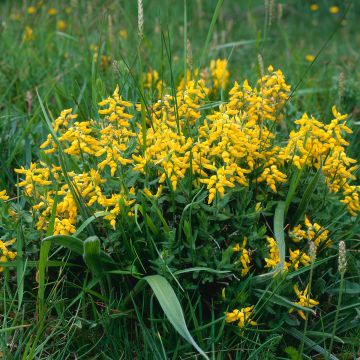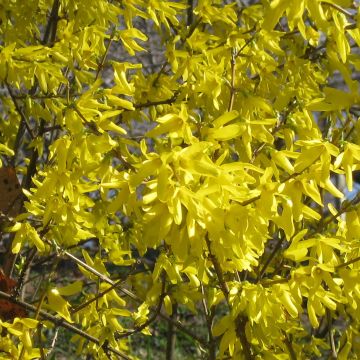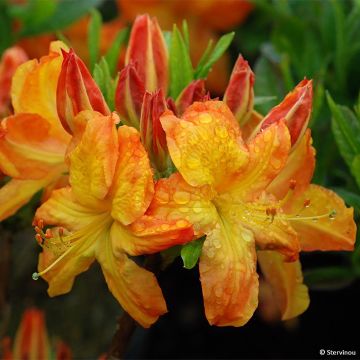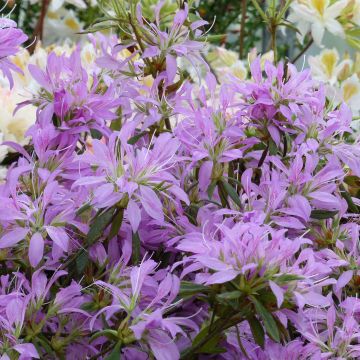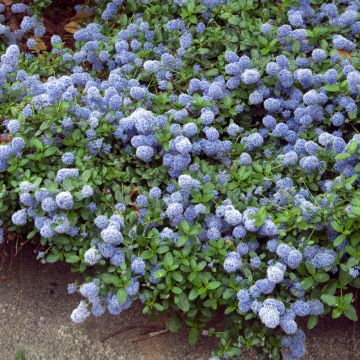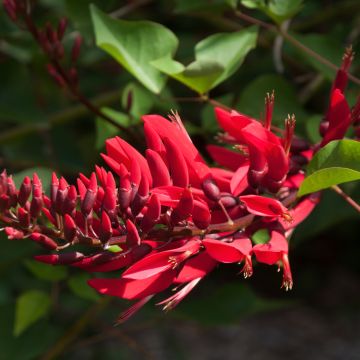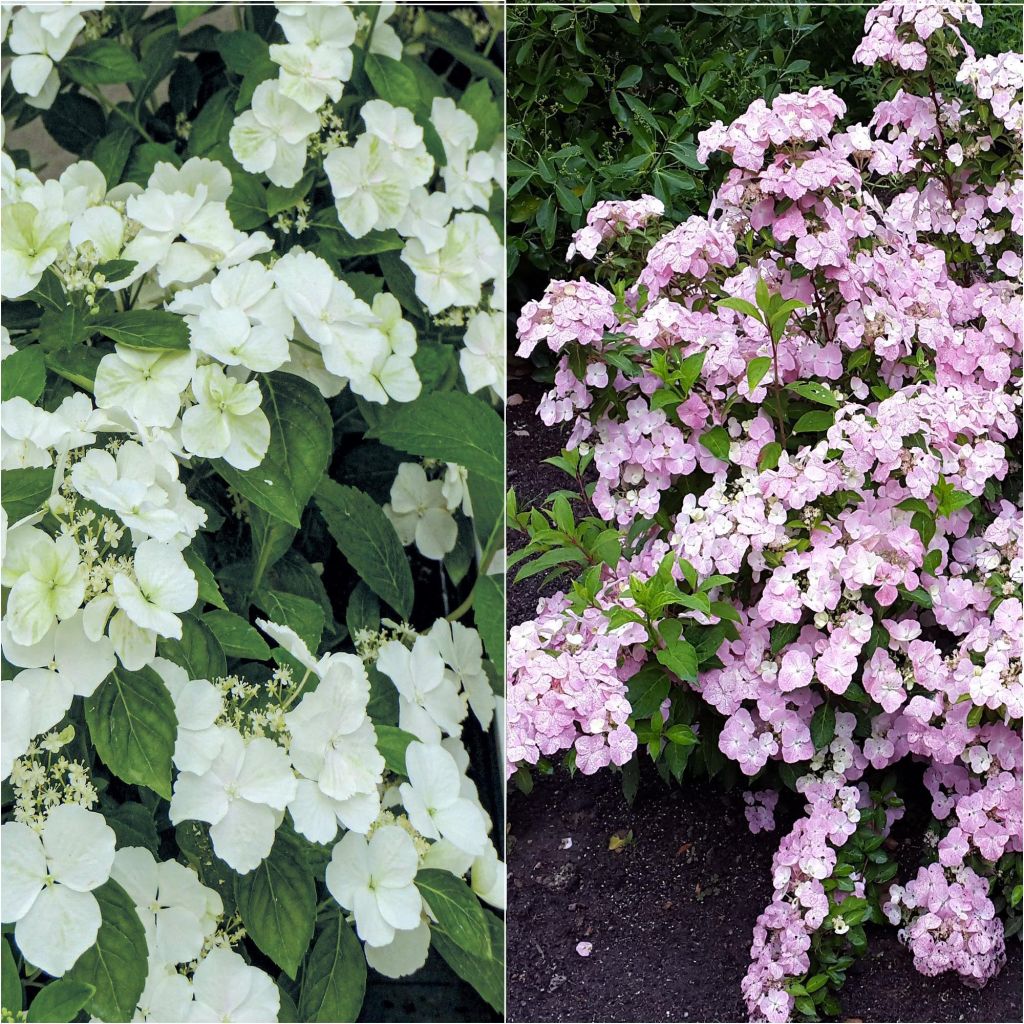

Collection of 2 interspecific hydrangea collection
Collection of 2 interspecific hydrangea collection
Hydrangea Runaway Bride, French Bolero
Hortensia-guirlande, Garland Hydrangea
Special offer!
Receive a €20 voucher for any order over €90 (excluding delivery costs, credit notes, and plastic-free options)!
1- Add your favorite plants to your cart.
2- Once you have reached €90, confirm your order (you can even choose the delivery date!).
3- As soon as your order is shipped, you will receive an email containing your voucher code, valid for 3 months (90 days).
Your voucher is unique and can only be used once, for any order with a minimum value of €20, excluding delivery costs.
Can be combined with other current offers, non-divisible and non-refundable.
Home or relay delivery (depending on size and destination)
Schedule delivery date,
and select date in basket
This plant carries a 24 months recovery warranty
More information
We guarantee the quality of our plants for a full growing cycle, and will replace at our expense any plant that fails to recover under normal climatic and planting conditions.
Would this plant suit my garden?
Set up your Plantfit profile →
Collection items (2 plants)
Description
We offer you a collection of two hydrangeas like no other, called interspecific hydrangeas or garland hydrangeas, which flower, unlike classic varieties, not only at the end of their branches, but also along the stems, at the axils of the leaves. They bloom from June to September, and their fading inflorescences remain decorative until late in the season. The white lace garlands of the 'Runaway Bride' variety blend, for the gardener's delight, with the large florets of 'French Bolero', whose colour varies from soft pink to pale blue depending on the soil. Of modest stature, but graceful and lightweight, these bushes are excellent candidates for ornamenting a terrace or a small garden.
The collection consists of:
- 1 Hydrangea 'Runaway Bride': voted plant of the year 2018 at the Chelsea Flower Show, this bush reaches about 1 m (3ft) in all directions. Its small plate-like inflorescences are composed of a few tiny fertile florets in the shape of buds surrounded by numerous larger sterile florets beautifully dentate on the edges. In slightly acidic to neutral soil, they will turn pink as they fade. The foliage turns yellow in autumn before falling.
- 1 Hydrangea 'French Bolero': awarded in Germany and Nantes, this selection forms a bush of 1.20 m (4ft) in all directions. It offers wide flattened inflorescences with large colorful florets on the periphery. In slightly acidic to neutral soil (pH 6.5 to 7), they will turn pale lavender pink. In acidic soil, on the contrary (pH <6.5), their color will be pale blue. Before fading, these florets take on pretty pastel yellow-green tones.
The ability of these two hybrid hydrangeas to bloom along the stems comes from their parent, the Hydangea scandens, a botanical species native to Japan, which forms small bushes with a spreading or trailing habit. All these bushes belong to the hydrangea family. The flowers appear from July to October, at the end of the branches, but also at each lateral bud present on these branches. Their deciduous foliage turns yellow in autumn before falling. In spring and summer, the leaves are dark green. They are small for hydrangeas, single, oval to elliptical in shape, with a pointed tip and dentate edges.
Hydrangeas are sturdy and faithful plants that live and bloom for many years in the garden. These bushes are well known for brightening the north side of houses. Garland hydrangeas are wonderful terrace and balcony plants that will also thrive in flower beds. This duo truly deserves a prime location, near the house or close to the entrance. Although these bushes dislike limestone, hydrangeas are not strictly ericaceous plants, they tolerate neutral soils. Combine them with fuchsias, lilies, and liriopes, or plant spring-flowering bulbs in front of their round silhouette. Enjoy their beautiful flowers for a long time, in the garden or in bouquets at home.
Plant habit
Flowering
Foliage
Botanical data
Hydrangea
Runaway Bride, French Bolero
Hydrangeaceae
Hortensia-guirlande, Garland Hydrangea
Cultivar or hybrid
Other Hydrangeas A to Z
View all →Planting and care
Plant your interspecific hydrangeas in spring or early autumn, preferably in a semi-shaded position, for example against an east-facing wall, or even to the north. Keep a minimum distance of 80 cm (32in) between each plant. They tolerate a few hours of sun per day, in the morning, but fear scorching exposures. These bushes do not necessarily require ericaceous soil, but appreciate a deep, always fresh but well-drained, fairly fertile soil, possibly enriched with a good fertilizer before planting. If your soil is dry, incorporate a quantity of well-decomposed compost at planting to better retain freshness in the soil. Very hardy, the garland hydrangea is not afraid to be planted in a cold region.
Planting period
Intended location
Care
Planting & care advice
This item has not been reviewed yet - be the first to leave a review about it.
Similar products
Haven't found what you were looking for?
Hardiness is the lowest winter temperature a plant can endure without suffering serious damage or even dying. However, hardiness is affected by location (a sheltered area, such as a patio), protection (winter cover) and soil type (hardiness is improved by well-drained soil).

Photo Sharing Terms & Conditions
In order to encourage gardeners to interact and share their experiences, Promesse de fleurs offers various media enabling content to be uploaded onto its Site - in particular via the ‘Photo sharing’ module.
The User agrees to refrain from:
- Posting any content that is illegal, prejudicial, insulting, racist, inciteful to hatred, revisionist, contrary to public decency, that infringes on privacy or on the privacy rights of third parties, in particular the publicity rights of persons and goods, intellectual property rights, or the right to privacy.
- Submitting content on behalf of a third party;
- Impersonate the identity of a third party and/or publish any personal information about a third party;
In general, the User undertakes to refrain from any unethical behaviour.
All Content (in particular text, comments, files, images, photos, videos, creative works, etc.), which may be subject to property or intellectual property rights, image or other private rights, shall remain the property of the User, subject to the limited rights granted by the terms of the licence granted by Promesse de fleurs as stated below. Users are at liberty to publish or not to publish such Content on the Site, notably via the ‘Photo Sharing’ facility, and accept that this Content shall be made public and freely accessible, notably on the Internet.
Users further acknowledge, undertake to have ,and guarantee that they hold all necessary rights and permissions to publish such material on the Site, in particular with regard to the legislation in force pertaining to any privacy, property, intellectual property, image, or contractual rights, or rights of any other nature. By publishing such Content on the Site, Users acknowledge accepting full liability as publishers of the Content within the meaning of the law, and grant Promesse de fleurs, free of charge, an inclusive, worldwide licence for the said Content for the entire duration of its publication, including all reproduction, representation, up/downloading, displaying, performing, transmission, and storage rights.
Users also grant permission for their name to be linked to the Content and accept that this link may not always be made available.
By engaging in posting material, Users consent to their Content becoming automatically accessible on the Internet, in particular on other sites and/or blogs and/or web pages of the Promesse de fleurs site, including in particular social pages and the Promesse de fleurs catalogue.
Users may secure the removal of entrusted content free of charge by issuing a simple request via our contact form.
The flowering period indicated on our website applies to countries and regions located in USDA zone 8 (France, the United Kingdom, Ireland, the Netherlands, etc.)
It will vary according to where you live:
- In zones 9 to 10 (Italy, Spain, Greece, etc.), flowering will occur about 2 to 4 weeks earlier.
- In zones 6 to 7 (Germany, Poland, Slovenia, and lower mountainous regions), flowering will be delayed by 2 to 3 weeks.
- In zone 5 (Central Europe, Scandinavia), blooming will be delayed by 3 to 5 weeks.
In temperate climates, pruning of spring-flowering shrubs (forsythia, spireas, etc.) should be done just after flowering.
Pruning of summer-flowering shrubs (Indian Lilac, Perovskia, etc.) can be done in winter or spring.
In cold regions as well as with frost-sensitive plants, avoid pruning too early when severe frosts may still occur.
The planting period indicated on our website applies to countries and regions located in USDA zone 8 (France, United Kingdom, Ireland, Netherlands).
It will vary according to where you live:
- In Mediterranean zones (Marseille, Madrid, Milan, etc.), autumn and winter are the best planting periods.
- In continental zones (Strasbourg, Munich, Vienna, etc.), delay planting by 2 to 3 weeks in spring and bring it forward by 2 to 4 weeks in autumn.
- In mountainous regions (the Alps, Pyrenees, Carpathians, etc.), it is best to plant in late spring (May-June) or late summer (August-September).
The harvesting period indicated on our website applies to countries and regions in USDA zone 8 (France, England, Ireland, the Netherlands).
In colder areas (Scandinavia, Poland, Austria...) fruit and vegetable harvests are likely to be delayed by 3-4 weeks.
In warmer areas (Italy, Spain, Greece, etc.), harvesting will probably take place earlier, depending on weather conditions.
The sowing periods indicated on our website apply to countries and regions within USDA Zone 8 (France, UK, Ireland, Netherlands).
In colder areas (Scandinavia, Poland, Austria...), delay any outdoor sowing by 3-4 weeks, or sow under glass.
In warmer climes (Italy, Spain, Greece, etc.), bring outdoor sowing forward by a few weeks.
































